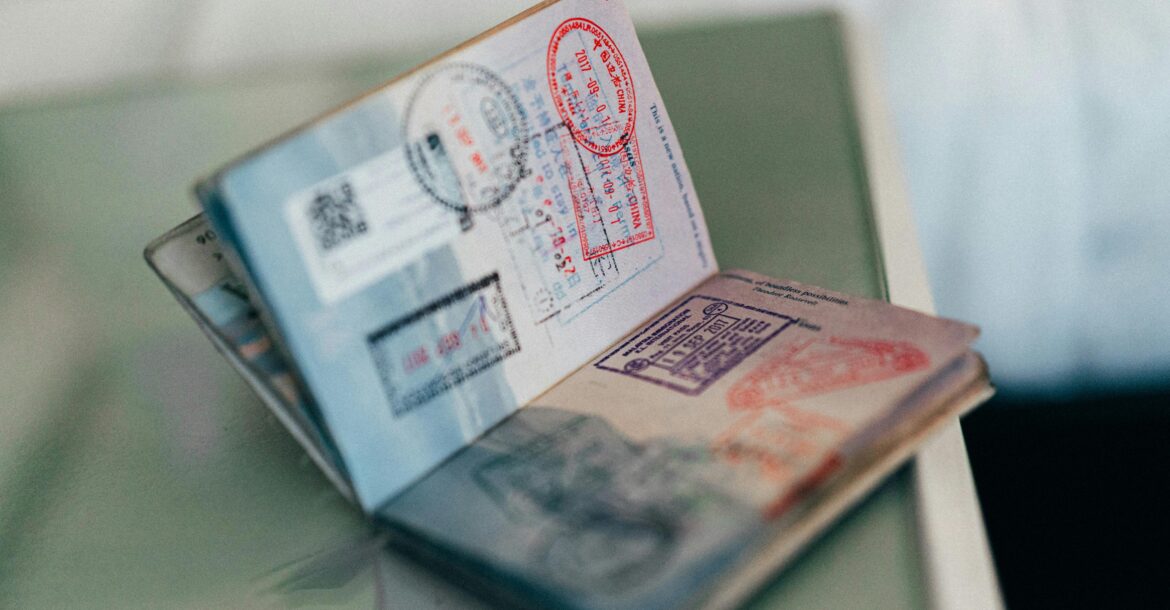Muscat – The new system, known as the GCC Grand Tourist Visa, will allow eligible foreign visitors to travel between all six member states—the UAE, Saudi Arabia, Oman, Qatar, Kuwait, and Bahrain—using a single visa.
The announcement was made by Abdulla bin Touq Al Marri, UAE Minister of Economy and Chairman of the Emirates Tourism Council, who described the initiative as a strategic move to unify the Gulf as a single tourism destination. The visa aims to boost cross-border tourism, attract international travellers, and strengthen economic ties across the bloc.
According to Jassim Al-Budaiwi, Secretary-General of the GCC, the visa system is in its final technical and digital implementation phase, with online applications to be made available through a centralised platform.
Read More
- 39 Asian nationals arrested in Khasab and Bukha wilayats for illegal entry into Oman
- Oman workers’ federation hosts awareness programme to combat human trafficking crimes in tourism sector
- Oman bans import of live birds from Portugal’s Santarém and certain livestock from Egypt’s Beheira over health concerns
- Oman amends Foreign Investment Law, mandates hiring of Omanis and Social protection registration
- Cyclone Shakti enters weakening phase; Oman coast braces for rain, high waves until Tuesday
The GCC Grand Tourist Visa was formally approved by GCC tourism ministers in 2023 and is being hailed as a potential game-changer for the region’s tourism industry, particularly as countries continue to diversify their economies and reduce reliance on oil revenues.
The UAE, a key driver behind the unified visa project, has seen a major expansion in tourism-related activity. By mid-September 2025, over 39,500 commercial licenses had been issued in sectors including hospitality, aviation, and tourism technology—representing a 275 percent increase compared to 2020.
The unified visa will be supported by a dedicated digital platform, enabling travellers to apply and manage their trips across the six countries in one place. The program will be rolled out in phases, with the initial pilot launch scheduled for the end of 2025, followed by full implementation across the region.







